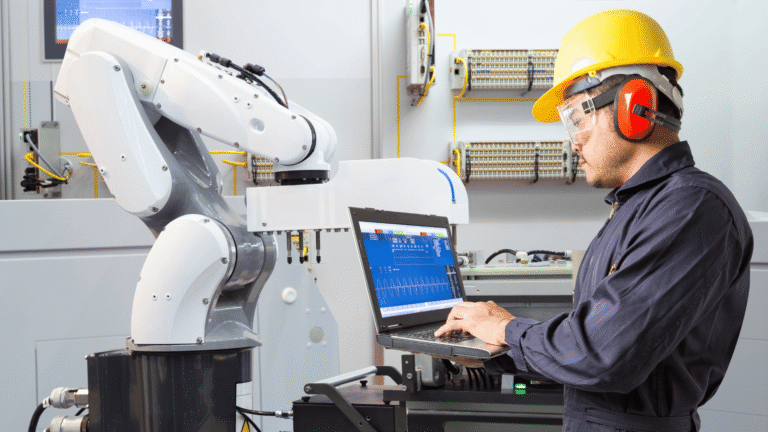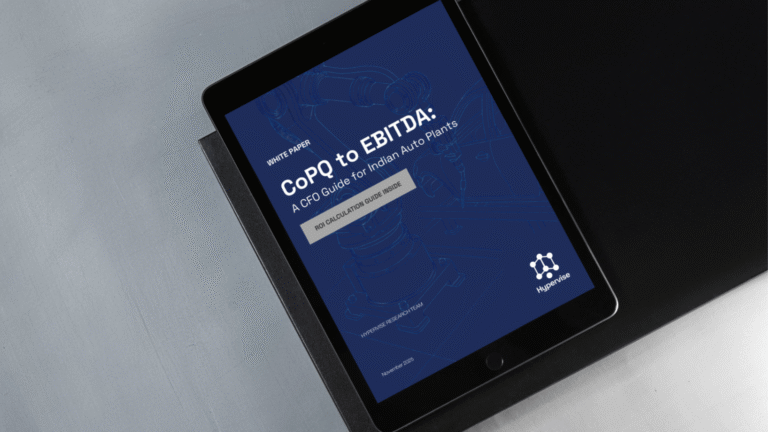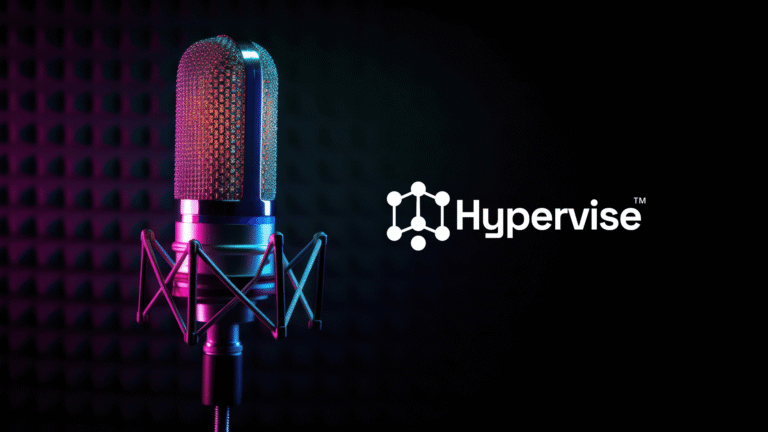Generative AI: Driving the Future of Automotive Innovation
The automotive industry is undergoing a profound transformation, driven by advancements in generative AI technologies. As manufacturers strive to create safer, smarter, and more efficient vehicles, the integration of AI tools has emerged as a game-changing solution. Companies are leveraging the capabilities of generative AI across various domains, including autonomous driving, synthetic data generation.
Let’s explore how this cutting-edge technology is revolutionizing the automotive landscape.
The AI-Powered Transformation
Imagine a car that learns, adapts, and improves itself continuously. That’s no longer science fiction – it’s the reality generative AI is creating in the automotive industry. From autonomous driving to personalized experiences, AI is driving us into a new era of mobility.
1. Generative AI in Autonomous Driving
Generative AI plays a pivotal role in advancing autonomous driving systems. By fine-tuning large language and visual models (VLMs) with automotive-specific data, manufacturers can enhance a vehicle’s ability to perceive its environment, make decisions, and respond to complex scenarios. Nvidia’s tools such as Nimo, Metropolis, and TensorRT are instrumental in enabling this transformation. These platforms provide the computational power and precision needed to process high volumes of sensor data, map terrains, and ensure real-time decision-making, thus paving the way for reliable autonomous vehicles.
- Creating hyper-realistic training scenarios
- Simulating complex driving conditions
- Enhancing real-time decision-making
Use Case: Semantic Synthetic Data Generation for Autonomous Driving Generative AI also helps address the challenge of limited real-world data. By augmenting dashcam footage with various environmental conditions like fog, rain, and low light through language prompts, manufacturers can create diverse datasets to train their autonomous driving models. This approach accelerates the training process and enhances model robustness by simulating a variety of driving conditions that a vehicle might encounter. The outcome is an AI system better equipped to handle complex scenarios in the real world, such as navigating through poor visibility or adverse weather.
Pro Tip: Companies like Nvidia are developing tools that help vehicles “learn” to navigate challenging environments, making self-driving cars safer and smarter.
2. Synthetic Data Generation for Model Training
Training AI models for autonomous driving and other automotive applications requires vast amounts of high-quality data. Generative AI offers a solution through synthetic data generation. This technique allows for the creation of diverse and realistic datasets that simulate a variety of driving conditions, from urban traffic to extreme weather scenarios. Synthetic data not only accelerates the training process but also addresses challenges related to data privacy and scarcity, enabling manufacturers to refine their AI models with unparalleled accuracy.
Traditional car development was limited by data availability. Now, generative AI can:
- Create synthetic training data
- Simulate rare and extreme driving scenarios
- Accelerate model training without compromising privacy
Use Case: Test Case Automation Generative AI can be leveraged for automating the generation of test cases for autonomous vehicle systems. By using AI-driven tools to generate scenarios involving complex sensor interactions or emergency events, manufacturers can test the resilience of their systems under a wide range of conditions. These AI-generated test cases can ensure that critical safety features, like automatic emergency braking, function reliably in all situations, reducing the time spent on manual testing and improving efficiency.
3. AI-Driven Testing Tools for Enhanced Safety
Safety remains a top priority in the automotive sector, and generative AI is playing a critical role in ensuring compliance with rigorous safety standards. AI-driven testing tools can generate comprehensive test cases that account for a wide range of potential scenarios, including rare and edge cases. This approach enables manufacturers to identify vulnerabilities in their systems early, reducing the risk of failures and improving overall vehicle reliability. Additionally, AI enhances the efficiency of compliance testing, helping automotive companies meet regulatory requirements faster and more effectively.
Safety isn’t just a feature – it’s a promise. Generative AI is revolutionizing automotive safety by:
- Automating comprehensive test scenarios
- Identifying potential system vulnerabilities
- Ensuring robust performance across unexpected conditions
Use Case: Test Case Automation for Sensors and Safety Systems Generative AI is used to automate the generation of test cases for sensors and safety systems, ensuring these technologies meet both performance and regulatory standards. By simulating a variety of driving scenarios, including edge cases such as unexpected pedestrian movement or system failures, AI can generate test cases that comprehensively cover safety concerns. This method speeds up the validation process, ensures that no potential issues are overlooked, and allows manufacturers to meet stringent safety compliance requirements more efficiently.
4. Enabling Software-Defined Vehicles (SDVs)
A pivotal shift in the automotive industry is the rise of Software-Defined Vehicles (SDVs), where software takes precedence over hardware to define a vehicle’s functionality. Generative AI is key to this evolution by enabling rapid updates, continuous learning, and feature enhancements throughout a vehicle’s lifecycle. SDVs benefit from generative AI in the following ways:
- Personalization: AI algorithms create tailored in-car experiences based on driver preferences, such as custom infotainment setups, seat adjustments, and climate control.
- Predictive Maintenance: By analyzing real-time data from vehicle sensors, generative AI can predict potential failures and suggest proactive maintenance, reducing downtime and repair costs.
- Over-the-Air Updates: Generative AI enables manufacturers to deploy new features and refine existing ones remotely, keeping vehicles up to date without physical intervention.
- Cybersecurity Enhancements: AI tools strengthen the protection of SDVs against cyberattacks by simulating vulnerabilities and continuously updating security protocols.
With generative AI at the core of SDVs, the automotive industry is poised to offer unprecedented levels of connectivity, efficiency, and user experience.
5. Nvidia’s Role in Automotive Innovation
Nvidia’s suite of tools is central to the application of generative AI in the automotive industry.
- Nimo: Assists in optimizing natural language and decision-making capabilities for autonomous vehicles.
- Metropolis: Facilitates real-time video analytics, crucial for processing data from cameras and sensors.
- TensorRT: Accelerates AI inference, making it possible to deploy high-performance models in real-world automotive scenarios. These tools empower manufacturers to develop AI systems that are not only efficient but also adaptable to the evolving demands of the automotive landscape.
6. Transforming Automotive Safety Compliance
Generative AI is revolutionizing the way manufacturers approach safety compliance. By automating the generation of test scenarios and utilizing predictive analytics, AI tools help in identifying risks and optimizing safety protocols. This ensures that vehicles are better equipped to handle unexpected events, ultimately leading to a safer driving experience for consumers.
Use Case: Human-in-the-Loop (HITL) for Continuous Model Improvement To ensure that the generative AI models used for safety compliance are both accurate and effective, a Human-in-the-Loop (HITL) approach is employed. In this method, domain experts continuously review and fine-tune AI-generated test cases, ensuring that they are applicable to real-world situations and meet safety requirements. This iterative process improves model performance by incorporating expert feedback, refining the AI’s understanding of complex scenarios, and enhancing the safety features in autonomous vehicles.
Conclusion
The integration of generative AI in the automotive industry marks a new era of innovation, where technology drives performance, safety, and efficiency. By leveraging advanced tools like Nvidia’s Nimo, Metropolis, and TensorRT, and embracing Software-Defined Vehicles, manufacturers are addressing current challenges while shaping the future of mobility. From autonomous driving to safety compliance and SDVs, generative AI is a cornerstone of the automotive industry’s journey toward a smarter and more sustainable future.
Would you like to dive deeper into the world of AI-driven automotive innovation?
Connect with us at Eternal Robotics, and let’s explore the future of mobility together!





